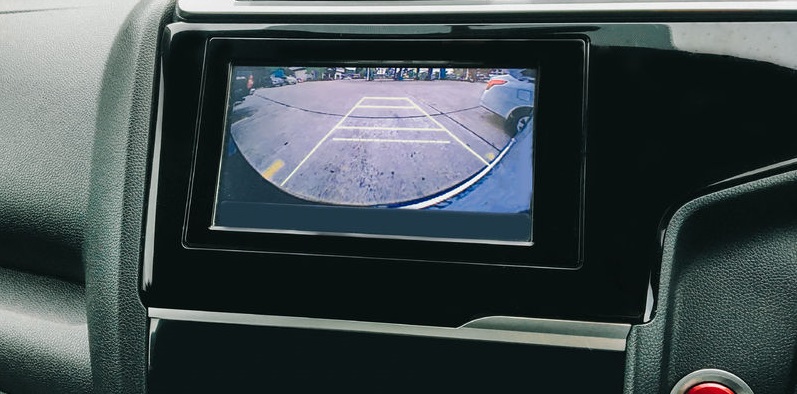Based on statistics gathered by NiTS, about 267 deaths were reported annually from 2007-2011 as a result of backover auto accidents, with another 15,000 injuries noted. Rear backup cameras are now common in newer vehicles and have helped reduce backover accidents.
Rearview Cameras and Sensors May Limit Reverse Collisions But Cannot Completely Prevent Human Error
Distracted driving, drunk driving, and drowsy driving are among the top causes of vehicle crashes today. Something not touched upon a lot, but just as deadly, is something known as a “backover crash,” an accident involving a vehicle in reverse striking a person, typically a pedestrian, but sometimes a bicyclist and in too many cases, a child. In the past, backover crashes were not among the auto accidents typically monitored by federal authorities, but in 2009, that all changed with the development of the Not-in-Traffic Surveillance (NiTS) system.
Backover Crashes Have Killed Hundreds and Injured Thousands
The National Highway Traffic Safety Administration (NHTSA) launched NiTS as a means of tracking backover crashes, which mostly occur when a driver is backing a vehicle out of a driveway or parking lot. Based on statistics gathered by NiTS, about 267 deaths were reported annually from 2007-2011 as a result of backover crashes, with another 15,000 injuries noted. According to a popular children’s safety website, which focuses on problems with children being left unattended in and around vehicles, children are the most at risk for these types of accidents or injury; they are too small to be seen by a driver pulling out of a driveway or a parking spot. And sadly, this type of auto accident happens far too often and usually in an instant. KidsandCars.org highlights some of the tragic stories of children killed in backovers. A small child suddenly gets loose from an adult and is hit in a parking lot, or a parent suddenly realizes his or her child has gotten behind the vehicle as the driver pulls out of the driveway. In both instances, the vehicle is not moving fast, but the results are devastating.
In addition to the risk to children, a secondary population with a high rate of injury or death are the elderly, those age 70 and up. When it comes to location, NHTSA notes that a majority of backover fatalities occur in a residential setting, such as a driveway, while 17 percent occur in parking lots. However, when it comes to injuries, a majority of those injured in this type of accident are hurt in public spaces, mostly in parking lots when a driver is pulling out and fails to spot a pedestrian or bicyclist coming in his or her direction.
Technology Helps Reduce Backover Accidents
Though technology has advanced over the years, using advanced vehicle equipment to ensure safety was something an Englewood, CO couple was calling for after their 2-year-old daughter was backed over by a pickup truck. Not well-known at the time, but now a very popular safety feature, rear backup cameras are now common in newer vehicles and have helped reduce backover accidents. In addition, rear automatic braking is gaining popularity, though according to news reports, only 5 percent of new vehicles have this feature. With rear automatic braking, the system provides alerts and then automatically applies the brakes if sensors detect an object behind the vehicle while in reverse. Safety professionals researching technology note that these two features, backup cameras and rear automatic braking, can cut the number of backover crashes by 78 percent at least.
If you don’t have either one of the safety features listed above, it’s vital that you pay extra attention to your surroundings when backing up, especially if you know there are small children or elderly individuals in the immediate area. Even if you have these safety features, always look both ways before putting your vehicle in reverse as an added precaution. Driving-related situations change rapidly, even those involving slow-moving vehicles, and such changes often lead to injury or death.

